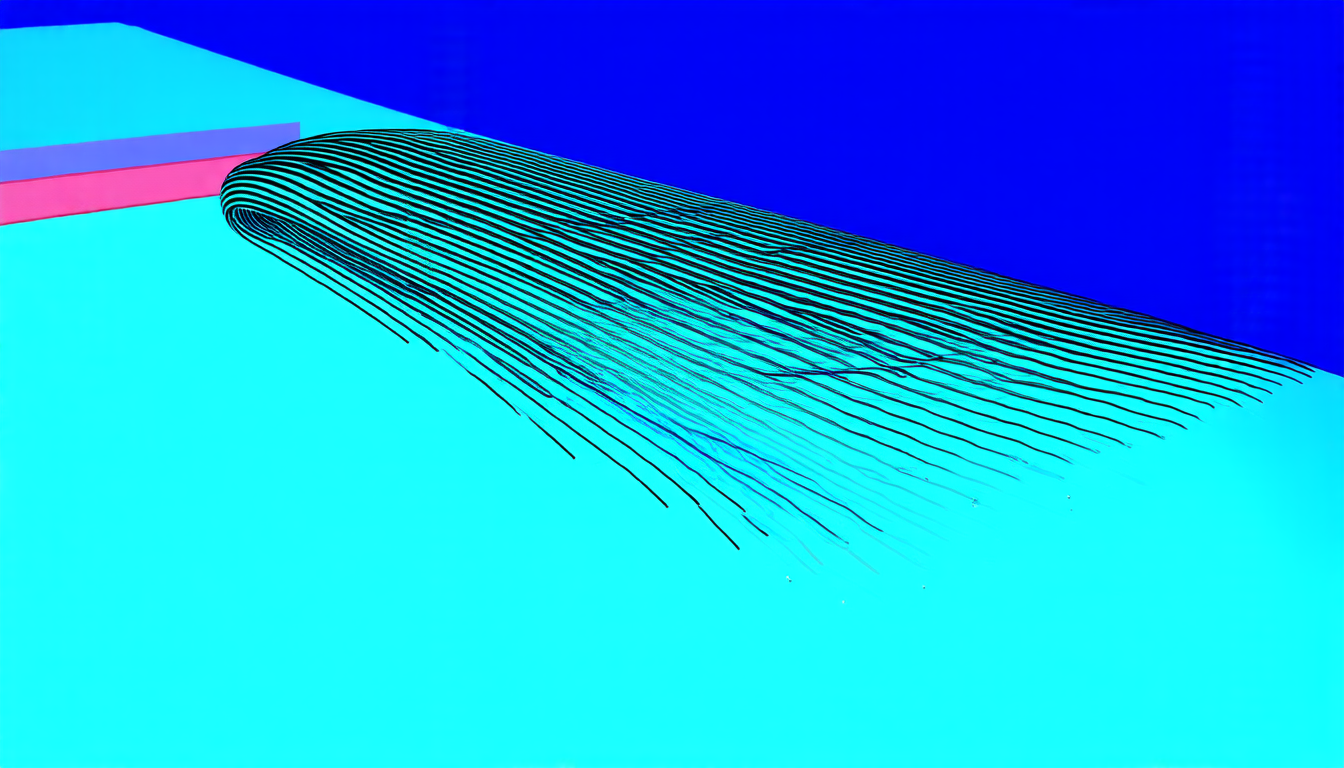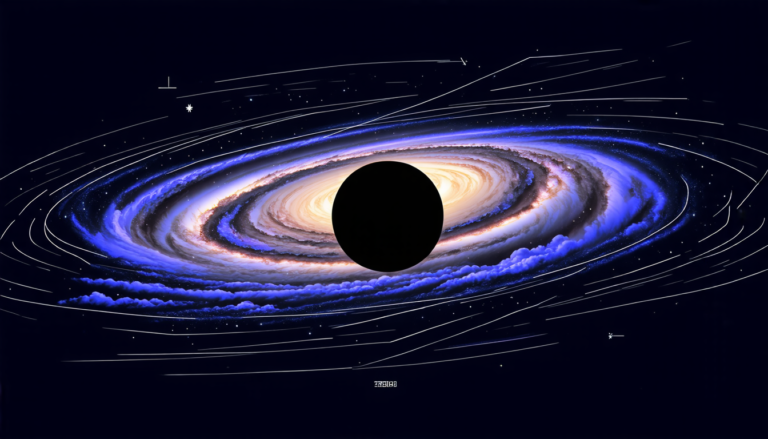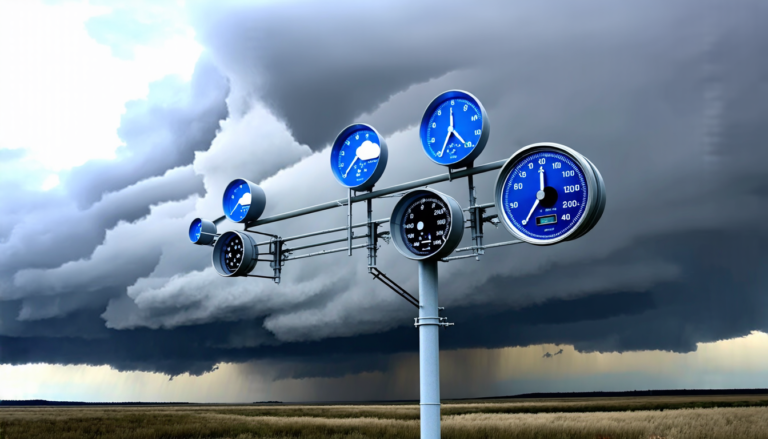Thursday 26 June 2025
Researchers have long sought to create a material that can exhibit superconductivity, where it conducts electricity with zero resistance, at room temperature and in the presence of an external magnetic field. This elusive goal has been hampered by the complex interplay between lattice vibrations, spin fluctuations, and other factors that affect the behavior of superconducting materials.
A recent study published in a scientific journal provides new insights into this problem by exploring the properties of a meso-wedge geometry with Abrikosov vortices. The researchers used a combination of theoretical models and numerical simulations to investigate the behavior of a superconducting material subjected to external transport currents and magnetic fields.
The results of the study show that the critical currents, which are the maximum amount of current that a superconductor can carry without losing its superconductivity, differ between opposite polarities. This non-reciprocal behavior is a key characteristic of superconducting diodes, which have applications in a wide range of fields, from power transmission and storage to medical imaging and quantum computing.
The researchers found that the formation of Abrikosov vortices, which are quantized magnetic flux lines that penetrate the superconductor under an applied magnetic field, plays a crucial role in determining the diode effect. The arrangement and dynamics of these vortices are governed by a balance of long-range attractive and short-range repulsive interactions.
The study also explores the efficiency of the diode as a function of the order parameter kappa (κ) and the external magnetic field applied. The results show that the efficiency is strongly dependent on both κ and the magnetic field, with the diode effect being more pronounced at higher values of κ and stronger magnetic fields.
Furthermore, the researchers observed that the current polarity has a significant impact on the vortex configuration, the parameter κ, and the applied magnetic field. This highlights the complex interplay between these factors and underscores the need for further research to fully understand the behavior of superconducting diodes.
The study’s findings have implications for the development of new materials and devices with improved performance and efficiency. For example, superconducting diodes could be used to create more efficient power transmission lines or medical imaging systems that rely on magnetic fields.
Overall, this research provides valuable insights into the properties of superconducting materials and their potential applications. While significant challenges remain in achieving room temperature superconductivity with zero resistance, studies like this one are helping to advance our understanding of these complex phenomena.
Cite this article: “Unveiling the Secrets of Superconducting Diodes: A Study on Meso-Wedge Geometry and Abrikosov Vortices”, The Science Archive, 2025.
Superconductivity, Room Temperature, Magnetic Field, Diodes, Power Transmission, Medical Imaging, Quantum Computing, Abrikosov Vortices, Lattice Vibrations, Spin Fluctuations.







